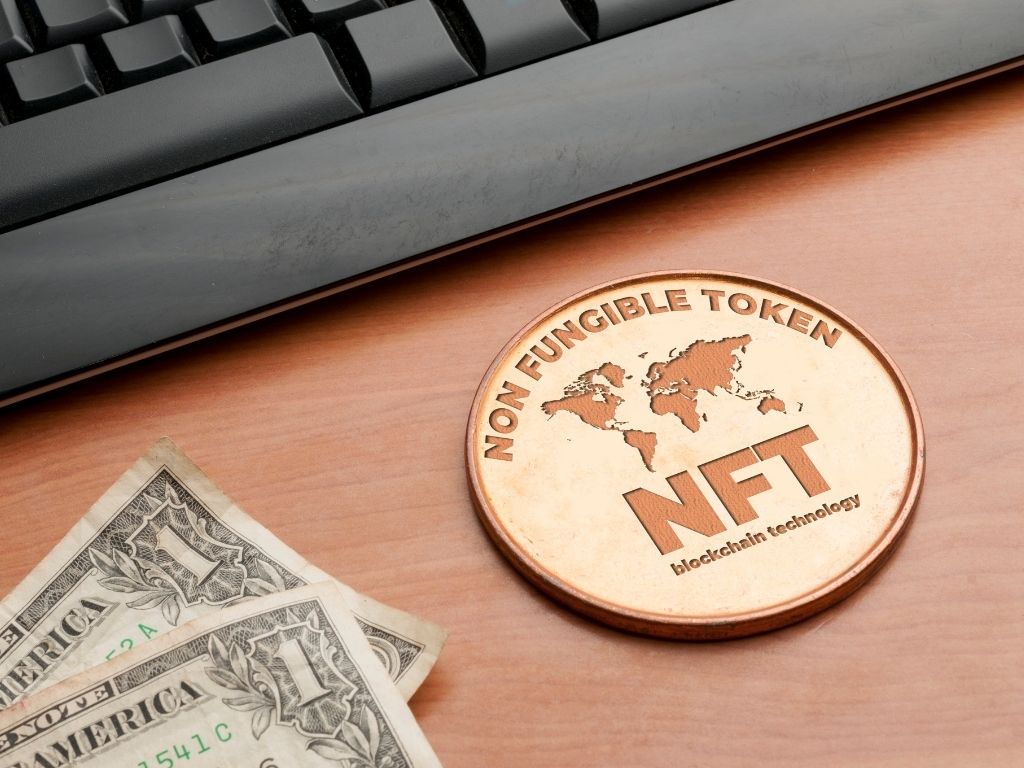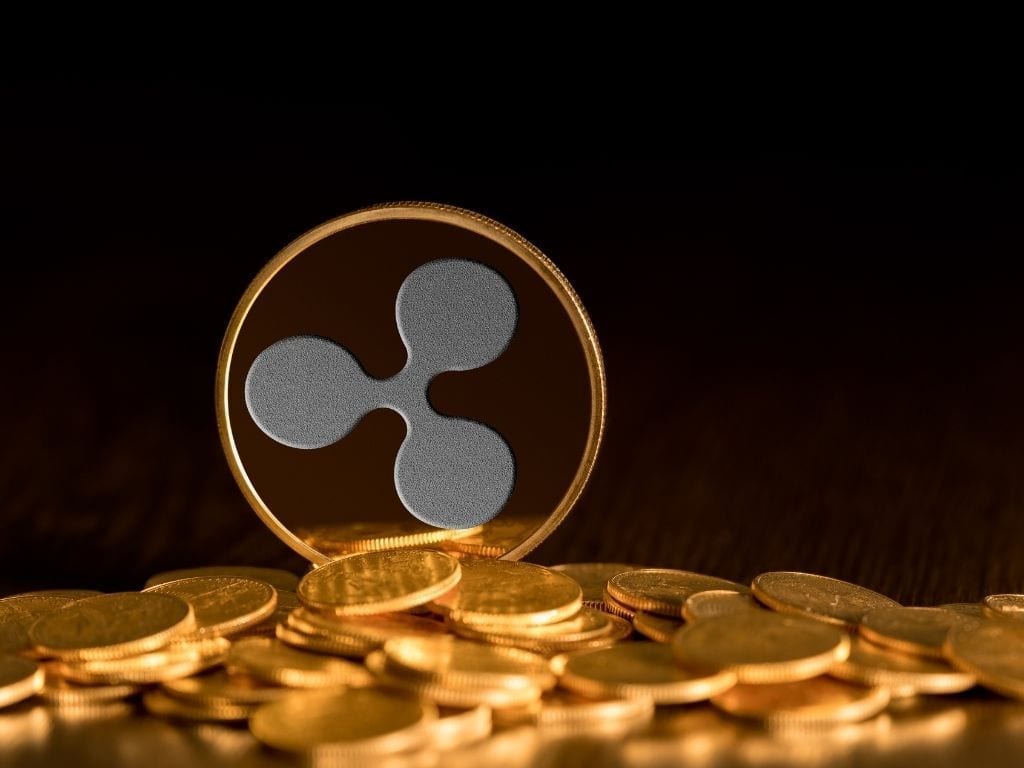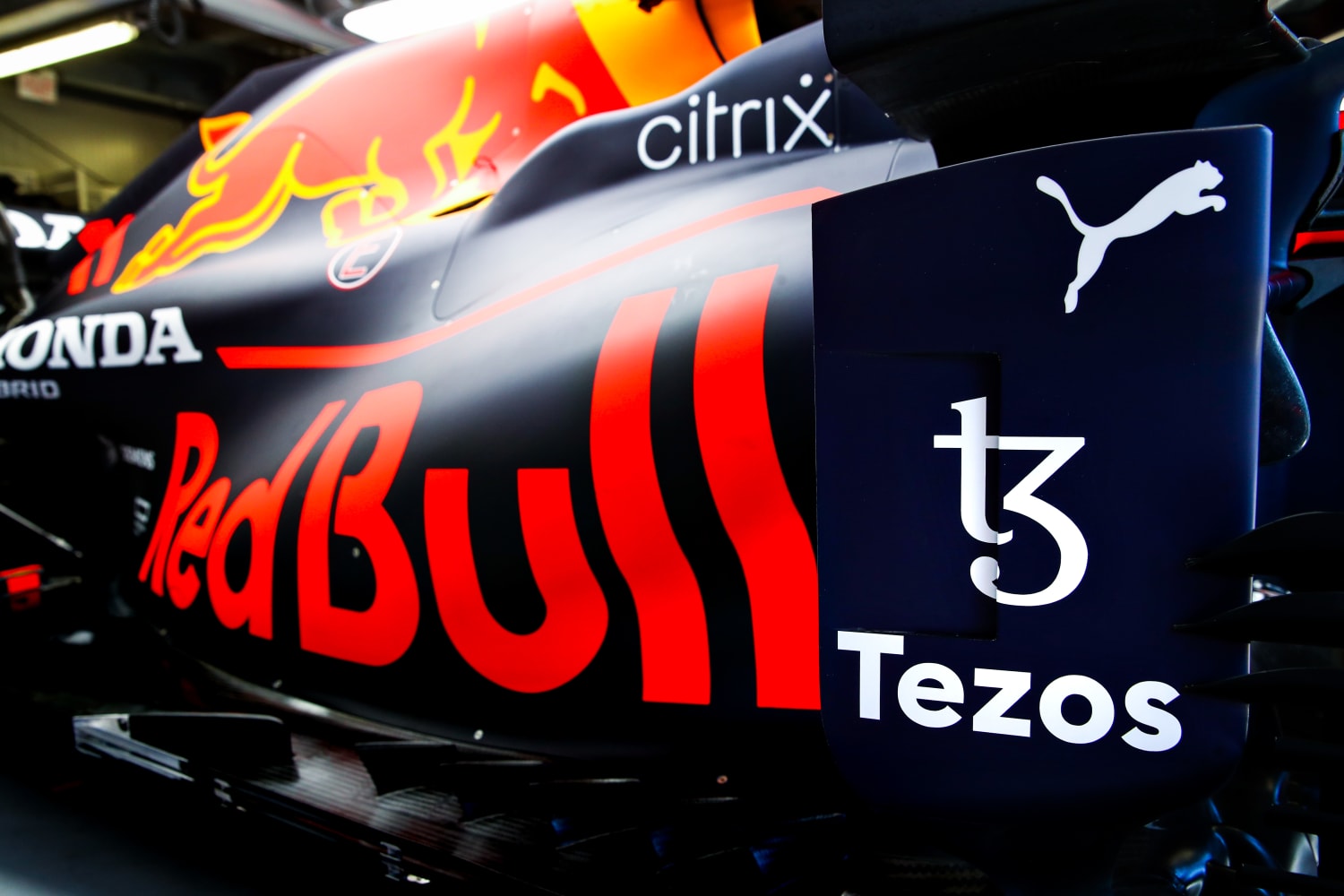Top 6 NFT Blockchains That Can Give Seamless NFT Experience
The Ethereum blockchain is the best when it comes to NFT blockchains. It has rapidly developed over the past year into the most talked-about and occasionally the most trafficked blockchain. It is widely regarded as the one-stop shop for NFTs. However, the popularity of several other blockchains has increased in the NFT sector. Due to the Ethereum blockchain’s high transaction costs and negative environmental impact, crypto artists and NFT fans have kept looking for new locations to mint and sell NFTs. So we’ve put together a high-level description of blockchains for NFTs to clarify the pervasive and rapidly evolving world of Web3 technology. But when choosing which blockchain to mint on, several vital aspects exist. The most important things to consider are the network’s size, the creators’ costs, consumers’ buying habits, security, and the community’s opinions.
What NFT blockchains are the best?
Ethereum
Ethereum continues to be the most widely used NFT blockchain despite increasing competition. As a highly decentralized blockchain, it offers all the legal and financial services that are usually needed for transactions without the need for middlemen. It also houses well-known NFT initiatives (such as CryptoPunks and the Bored Ape Yacht Club), NFT artists, and NFT marketplaces (OpenSea). Due to its reliance on a Proof-of-Work (PoW) consensus process, Ethereum used to consume an absurd amount of energy to function. Consensus mechanisms are what make a blockchain work without a central authority. However, PoW is notoriously energy-intensive, so it uses cryptographic computations to verify network transactions. One of the causes for the event known as the merge, which took place on September 15, 2022, and saw Ethereum convert to the proof-of-stake (PoS) consensus algorithm. As a result, the blockchain’s energy requirements were reduced by 99.5 percent, and it currently uses less energy than even a primary Web2 platform like PayPal.
Still, Ethereum is seen as a safe blockchain, and the merge has made it possible for future updates that the Ethereum Foundation says will make it even safer. However, there is still controversy about how secure the new PoS method is compared to PoW. When deciding where to mint, it would be helpful to think about this blockchain because it is widely used, safe, decentralized, and easy to use.
Solana
Blockchain technology had very little processing power when it first appeared and could only handle about 15 transactions per second (TPS). Solana was created to address the high fees and sluggish transaction times typical of blockchains like Ethereum and Bitcoin. It was founded in 2017 by Anatoly Yakovenko. Solana’s TPS, which recently surpassed Visa’s and is now on par with MasterCard’s, has made it the industry leader in speed and scalability. Due to the blockchain’s cheap transaction costs, the ecosystem is one of the fastest-growing cryptocurrency industries. The market value of SOL was above $10 billion as of the time of writing.
The Solana Embassy is now open in Miami.
We called this The Solana Embassy because it’s more than just a store. It’s a classroom, cultural center, lounge, nightclub, and store wrapped into one, all dedicated to Web3 and @Solana. pic.twitter.com/fgasbWZQvR
— Solana Spaces (@solanaspaces) October 20, 2022
One of the fastest programmable blockchains in the cryptocurrency industry is called Solana. Combining proof-of-history (PoH) and proof-of-stake (PoS) consensus procedures removes the need for hard cryptographic challenges that make PoW work. PoH is a way to determine how much time has passed between two events on the blockchain. This is done with the help of cryptography. This cuts down on the amount of time and money needed for validation. It makes sure that the proper leader (validator) finds transactions on the Solana blockchain in the correct order. Solana’s Proof-of-Stake (PoS) system allows users to stake a certain amount of money for the opportunity to be selected randomly as a block validator. When chosen, validators receive cryptocurrency (in this case, Solana’s native token, SOL). Users are rewarded for becoming stickers and are encouraged to do so by this. Solana’s transaction costs and timeframes are as low as possible because of its PoS and PoH methods. Solana is used by some big NFT markets, like Magic Eden, but it isn’t as popular as Ethereum. Hence, there are fewer marketplaces and users on the blockchain overall.
Tezos
Kathleen and Arthur Breitman started Tezos in 2017 as an open-source platform for assets and applications. It allows for the development of decentralized applications and smart contracts just like other blockchains (dApps). XTZ is the native token of Tezos. The network is well-known for NFTs, but in terms of market value, its cryptocurrency is somewhere around 40th. But innovation, not market supremacy, has always been Tezos’ selling pitch. The Tezos blockchain’s capacity to self-amend is one of its distinctive features. This means that there is a written process for upgrading the protocol so that it can get better over time. The chain is seen as a significant leader in operability because Tezos, a long-running program, incentivizes developers to make dApps for the platform.
For anyone wishing to mint significant quantities of NFTs or build big-scale collections, Tezos is a beautiful place to start. The object is currently the most prominent and well-liked marketplace on the Tezos network. Tezos, like Solana and Ethereum, use a PoS consensus method to reduce the amount of work needed to check blocks and transactions on the blockchain. Furthermore, its transaction fees are higher than Solana’s but lower than Ethereum’s. Before it shut down on November 14, 2021, Hic et Nunc, one of the first blockchain marketplaces, was seen as a strong competitor to Ethereum-focused marketplaces.
Also Read: What Is The Strongest Way To Grow The Web3 Network?
Flow
NBA Top Shot was released and is hosted by Flow, which was made by Dapper Labs, the same company that made the famous CryptoKitties project. Initially introduced in 2019, Flow immediately gained notoriety as the NBA’s blockchain partner. The high-performance blockchain Flow was made so NFTs, games, and decentralized applications (dApps) could be built. The Flow was made with scalability in mind, which means that billions of people might be able to interact with NFTs on the blockchain. This is in stark contrast to general-purpose blockchains like Ethereum, which can only handle a few thousand transactions simultaneously. The blockchain played a crucial role in accepting non-fungible tokens.
Like Tezos, Flow verifies transactions using only a PoS consensus process. Flow developers claim that the chain has sustainably allowed for “a throughput of much more than 100 TPS,” but they do not provide a precise figure. As a result, the blockchain can manage more TPS than Ethereum. Due to the creation of their marketplaces on the blockchain by organizations like the NBA, NFL, UFC, and others, Flow has become a popular location for athletic NFTs. In addition to Blocktobay, a well-known Flow-native NFT exchange, Flow NFTs can be traded on OpenSea, Rarible, Foundation, and several other platforms. However, Flow isn’t as popular as Ethereum, much like Solana, leading to fewer NFT marketplaces and fewer people trading on the blockchain.
International Asset Exchange (WAX)
The Worldwide Asset Exchange (WAX) is a top virtual and digital collectibles network. Over the years, historic NFT sales and viral collecting on Ethereum, Tezos, and Solana made WAX known as a center for Web3 games. In 2017, William Quigley and Jonathan Yantis, two of the first people to work in the crypto industry, made WAX. The Cayman Islands-based chain aspires to represent a worldwide accessibility purpose. Wax users can access numerous NFT markets and thousands of dApps. The most significant projects on the chain come from the play-to-earn industry because of its importance in blockchain gaming. A few of the best blockchain games, including Prospectors, Farmer’s World, and Alien Worlds, can be found at WAX.
Wax uses a PoS method just like other high-efficiency blockchains, but it also generates carbon offset NFTs and collaborates with Climate Care as part of a sustainability purpose. Similar to Flow, WAX has extremely cheap transaction fees. The WAX community also shares network fees with collectors as a unique way to encourage them. A wide range of powerful brands are represented in WAX marketplaces, including the toymaker Hot Wheels, the racing juggernaut NASCAR, and even a few cult classic movie series like Godzilla, The Princess Bride, and Spiderman.
Chain Binance (BNB)
Binance used to be called Binance Chain and Binance Smart Chain (BSC). In February 2022, it changed its name to BNB Chain to encourage new ideas in the network and move toward more decentralization. BNB Chain uses the Proof-of-Staked-Authority (PoSA) consensus architecture, which can make block times short and transaction fees intense. Even though some of the Proof-of-Stake (PoS) validators on the chain have direct connections to the Binance Crypto Exchange, the network strikes a good balance between low fees and fast transactions. Some think the Binance Chain and the Binance Crypto Exchange are in charge of 11 of the 21 validators. Although the 21 validators are required to run the exchange alternately every 24 hours, the validators processing transactions take turns producing blocks.
Although many people in the crypto and NFT ecosystem dislike centralization, the BSC NFT industry did start to accelerate around the end of 2021. The chain hosts NFT marketplaces like Element, Mobox, and PancakeSwap, which are becoming increasingly popular, even though many in the crypto and NFT ecosystem don’t like centralization. For example, its team recently paused the whole network after a $100 million hack. However, the ecosystem is unquestionably nowhere near as robust as Ethereum’s.
Stay informed with daily updates from Blockchain Magazine on Google News. Click here to follow us and mark as favorite: [Blockchain Magazine on Google News].
Get Blockchain Insights In Inbox
Stay ahead of the curve with expert analysis and market updates.
latest from tech
Disclaimer: Any post shared by a third-party agency are sponsored and Blockchain Magazine has no views on any such posts. The views and opinions expressed in this post are those of the clients and do not necessarily reflect the official policy or position of Blockchain Magazine. The information provided in this post is for informational purposes only and should not be considered as financial, investment, or professional advice. Blockchain Magazine does not endorse or promote any specific products, services, or companies mentioned in this posts. Readers are encouraged to conduct their own research and consult with a qualified professional before making any financial decisions. The featured image used is just a creative depiction of the title and it does not intend to hurt sentiments of any person or institution. If it hurts anyone sentiments, please do not hesitate to reach out to Blockchain Magazine.

 Bitcoin
Bitcoin  Ethereum
Ethereum  XRP
XRP  Tether
Tether  Solana
Solana  Dogecoin
Dogecoin  USDC
USDC  Cardano
Cardano  Lido Staked Ether
Lido Staked Ether  TRON
TRON  Chainlink
Chainlink  Avalanche
Avalanche  Sui
Sui  Wrapped stETH
Wrapped stETH  Wrapped Bitcoin
Wrapped Bitcoin  Stellar
Stellar  Toncoin
Toncoin  Hedera
Hedera  Shiba Inu
Shiba Inu  Polkadot
Polkadot  WETH
WETH  LEO Token
LEO Token  Litecoin
Litecoin  Bitcoin Cash
Bitcoin Cash  Bitget Token
Bitget Token  Hyperliquid
Hyperliquid  Uniswap
Uniswap  Official Trump
Official Trump  USDS
USDS  Wrapped eETH
Wrapped eETH  Pepe
Pepe  NEAR Protocol
NEAR Protocol  Ethena USDe
Ethena USDe  Aave
Aave  Aptos
Aptos  Internet Computer
Internet Computer  Ondo
Ondo  WhiteBIT Coin
WhiteBIT Coin  Monero
Monero  Ethereum Classic
Ethereum Classic  Cronos
Cronos  Mantle
Mantle  POL (ex-MATIC)
POL (ex-MATIC)  Render
Render  MANTRA
MANTRA  Dai
Dai  Algorand
Algorand  OKB
OKB 




